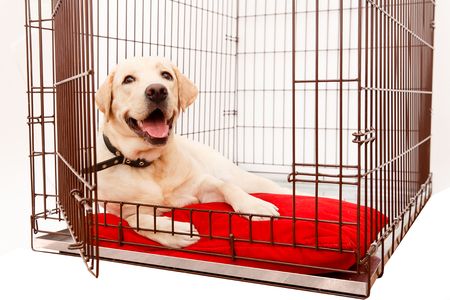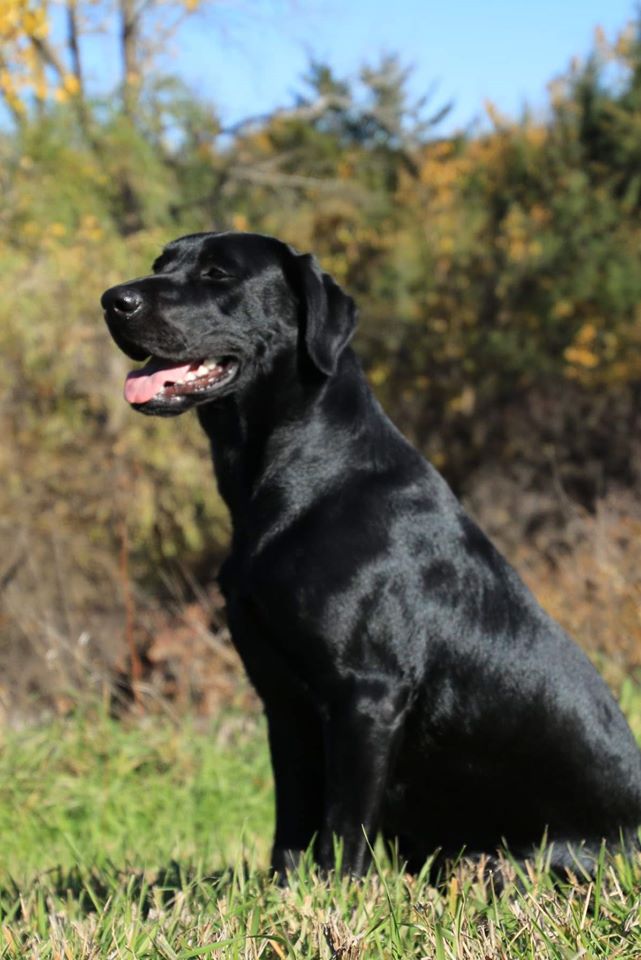
There are a lot of great benefits to crate training your dog. It will help you control them if you’re not around to supervise or if they’re getting too rowdy, as well as provide them with a safe, comfortable space of their own.
Crate training can be an extensive process. It’s very important, however, that you take your time and follow the right steps, so your dog remains happy and healthy, even when they’re crated!
Slowly allow your dog to get familiar with the crate.
Being in their crate should always be a positive experience for your dog. That’s why it’s crucial that you take things slow and introduce it as a safe, pleasant space for them to be! Make it comfortable for them with blankets, pillows, and maybe even a favorite toy inside. Don’t force them in the crate when you begin training, but rather entice them to enter on their own using treats and verbal praise.
Once you’ve introduced the crate, start giving your dog their meals inside of it.
Feeding your dog in their crate will help them develop a positive association with it. Start off putting their food near the crate, and then move it further in as they’re more willing to enter on their own or with some encouragement. Slowly start closing the door and have them spend more time inside after they’ve finished eating.
Gradually increase the amount of time your dog spends in the crate.
After your dog gets comfortable eating in their crate, you can begin confining them for increasingly longer periods. Once they’re up to half an hour without showing signs of anxiety, then you may start crating them when you leave the house. If they start whining or barking, don’t release them until they quiet down, so they learn that that behavior is not okay. Don’t forget to praise or reward them after you let them out.
Do not leave your dog confined to their crate for more than five to six hours when they’re younger, or more than eight hours after they reach two to three years of age.
The puppies we breed at Lankas Labs begin training for the hunting field at just a few weeks old. This helps them develop into well-behaved family companions that know when it’s time to listen!
To learn more about the training programs we offer, and inquire about our Labrador puppies, contact our team online or by phone today!

